Another elk season has passed for me and a few of my friends. Dozens more miles under the boots. Some new freeze-dried food sampled. Some forgotten country seen again. Lessons learned, and plans made. This season began as we have every other season. Phone calls among friends, invitations to those who always make excuses why not to make it, and knowing there are those who will make every effort to go . . .
This year was a small group effort. Just four of us. And two of those just along for the hike. We chose the second rifle season for one primary reason. The moon was nearly in its new phase. That means the animals will likely be out foraging during the day instead of at night during the full moon week.
The day before the season began, we were hit hard by a storm. As I made my way along Hwy 101 to our base, I could feel the wind rocking my truck. As I rounded the curve at Cape Foulweather, my 9,000 lb. F-350 crew cab long-bed dually is pushed over into the wrong lane. Holy crap! The windshield wipers are on high as the rain is literally blowing sideways.
This is good. With trees snapping and branches falling, it’ll likely keep the herds huddled deep and keep them restless. This should make them hungry when the storm abates the next day.
Opening day breaks calmer, the wind has died down and it only spits rain now and again. We spend the day on high places, glassing likely areas.
We chose our hunt area based on the latest “travel management areas”. The roads are gated. The gates aren’t really locked, though. They have big zip ties holding them. So in an emergency, we can drive in to retrieve someone who is hurt. If we get an animal down though, we have to hike it out.
Hiking in is something a lot of hunters won’t do. We could see the “bubbas” driving along the roads dressed in camo through the binos. While we are miles in, on foot.
Out of the three herds we saw, two were on private property and one was cows and calfs only. The private property herd is interesting. It has a few really large bulls. Mind you, the western or Roosevelt elk bull can be 7-8 foot long and weigh a half a ton on the hoof. It is one of four species of North American elk.
The herd we are interested in is fed grain and alfalfa by a small ranch owner. They are trying to protect the animals from the hunters. Hmmmm. Gotta think about this.
Day two turns to day three with sore legs, wet gear and a look at maps to get deeper into the woods. As we aren’t seeing any fresh signs high up, we decide to work the lowland swamp areas.
After a break for lunch. Hiking burns serious calories. With a renewed energy level, we set out. The first mile is slightly uphill before the road splits. I take a right and find myself in a sexy creek bottom with fresh sign everywhere. The alder trees are on my left and the five-year-old forest is on my right.
At my feet are constant trails of elk scat. I touch a few with my boot and it seems fresh. Farther on, I pick up a few turds. They are warmer than air temperature. With the breeze in my face, I come to low ready at every bend in the trail.
My Sako .375 H&H, is stoked with 270 grain solids atop 74 grains of IMR-4350. My friend’s chronograph showed 2,400 fps. Should be a decent sleeping pill for Cervus canadensis roosevelti. That speed and bullet weight is a sweet spot for that beautiful piece of wood and steel.
Bend after bend, curve after curve, I come up to low ready, then back down. The scat isn’t getting any fresher as the miles of trail unfold. I figure they are an hour or so ahead of me and walking a good pace with their nose into the wind. As the daylight wanes, I have a sense of dread. There is no way I can keep up with something that has a 4-6 foot stride. I make the decision to turn back. I have an uphill hike back most of the way. Fortunately the last mile will be downhill. I make it back with very little daylight to spare. Another 10-12 mile hike and I am beat.
While my body may be beat down, my spirits are high. I may not have been able to harvest the elusive wapiti, but I was able to participate in another hunt. It’s in my DNA, my heart and my soul. And besides, bear season is open until the end of the year. And I have a week off during the Christmas holidays.
As for that private land herd, the plan is made. It involves a bottle of mountain lion urine, bear urine, and a couple of backyard portable sprayers. When the breeze is right, a slow drive by after hunters are situated a half mile away, on public land. I love it when a plan comes together.


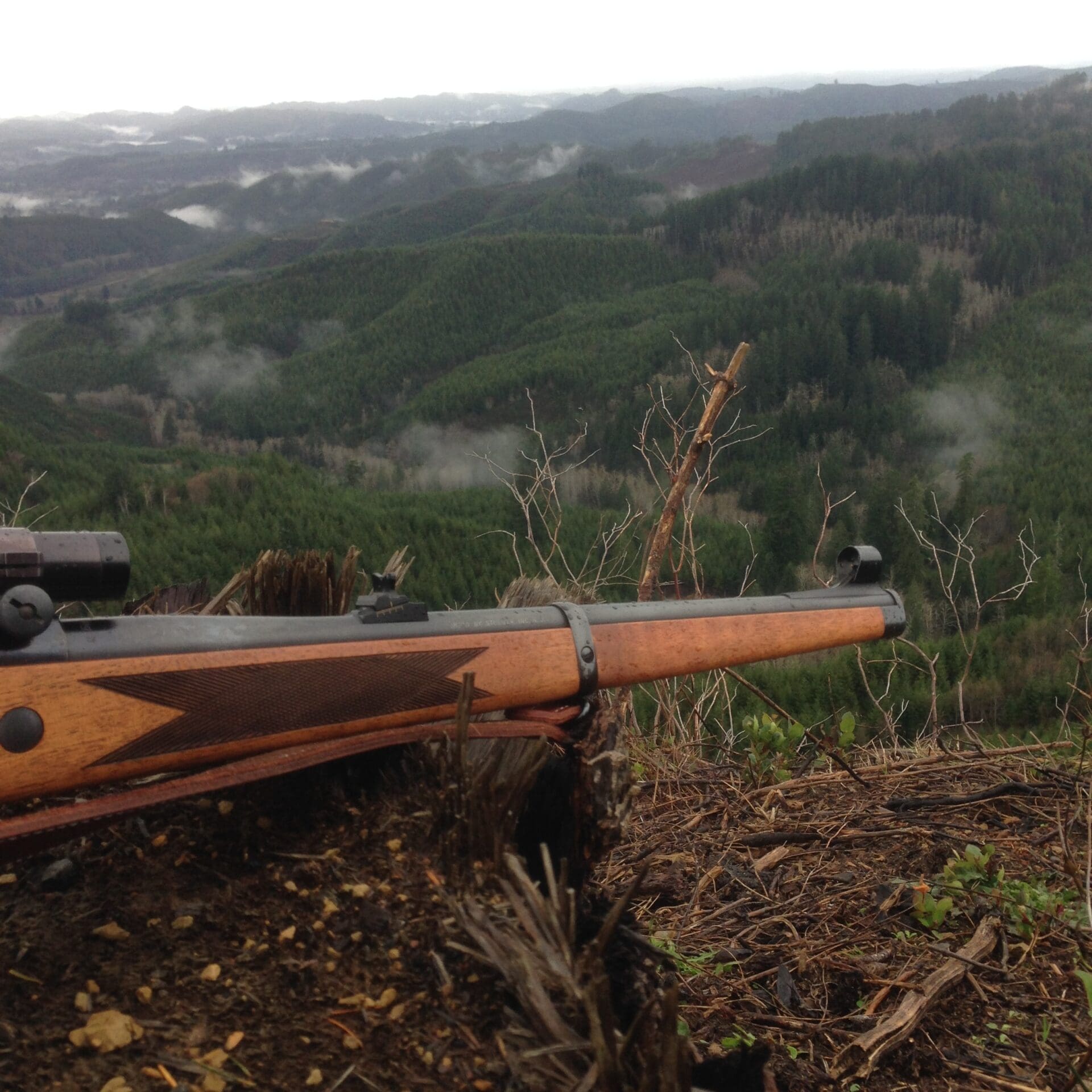
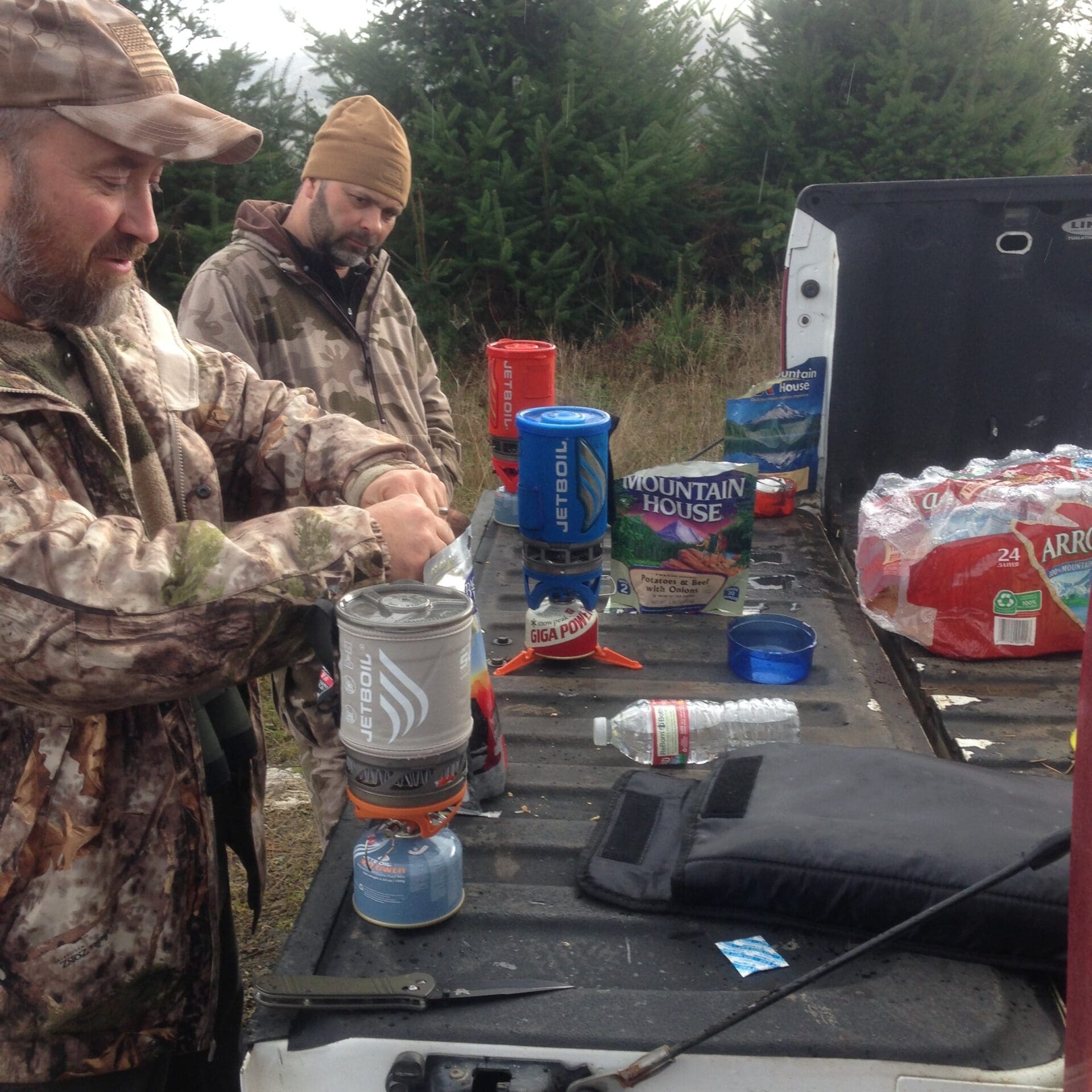
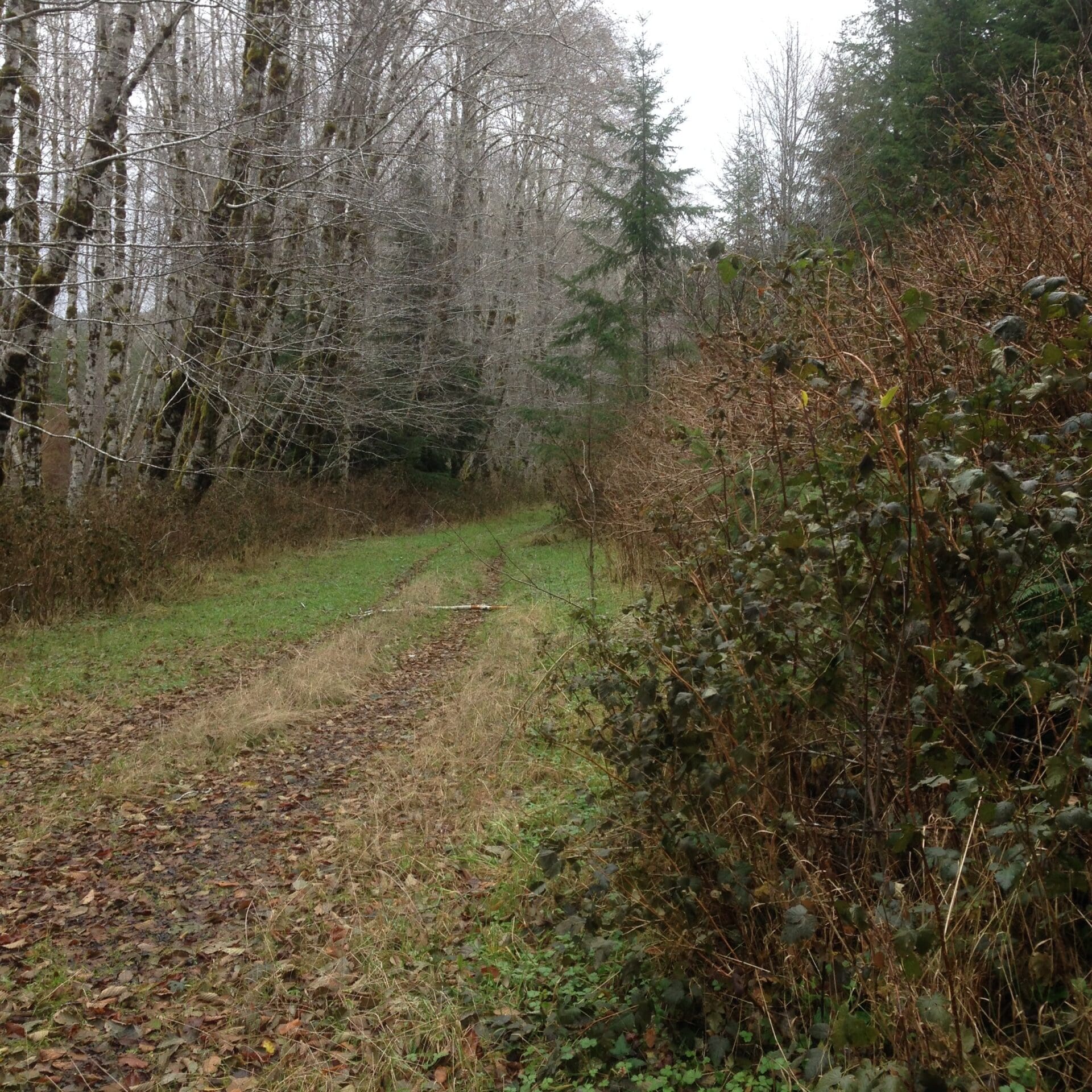


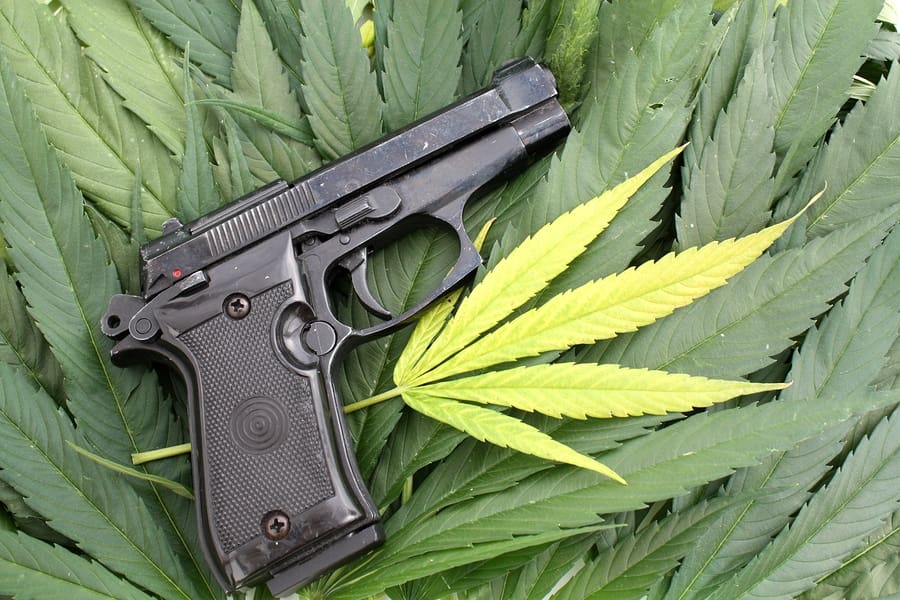
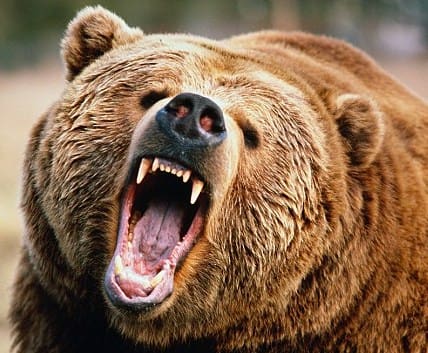
Hunting range with a Mannlicher stock? You sir are a better man than I.
My Sako in 308 with Mann is the most inaccurate rifle in my collection. I haven’t taken it out of the safe in years.
Thanks for the story!
Not holding a 10 shot group when that barrel heats up don’t matter much if you make that first shot count.
Let the herd stay on private land and grow. Let it bankrupt the dumb sh*t trying to keep it safe from the EVIL hunters. Or not. Elk is mighty tasty.
I don’t normally hunt for trophy bulls, just a nice 3-5 pointer. I’ll end up with a nicely stocked freezer. There was a giant fork horn in that herd. He probably weighed 800+ pounds.
I’m down to maybe 10 pounds of elk burger.
In that case, catch the right wind and spray on, bro. 🙂
No hunter orange? Can elk see color?
(This is a serious question from a non-hunter.)
I hunt with folks that swaddle themselves in camo from head to foot and then top it off with blaze orange. Seems to defeat the purpose. I really have no idea what colors animals can see.
I go to work world and buy heavy duty work clothes to hunt in. But I hunt in CA and the weather is pretty mild here.
Animals have vastly different levels of visual acuity. Deer are not completely color blind, but do not possess trichromatic cones in their eyes like humans due. The visual acuity of deer is greatest blue / green visual spectrum. Deer probably percieved blaze orange as a shade of grey, despite the fact that it is very bright to our eyes.
An object that is a solid color is more likely to be percieved by deer versus a camouflaged garment with a broken outline that can blend in to a wooded background. While camo / blaze may look ridiculously obvious to the human eye, it is more difficult for deer to see.
Accur81,
You are very close in your assessment. Deer see ultra-violet, violet, and blue with stunning intensity. That means you should NEVER wear anything with purple or blue when hunting because they are unnatural colors in the forest and will glow brilliantly to deer eyes. Deer eyes see green with similar intensity as our eyes. While deer see yellow, it isn’t as bright to them as us. And yes, deer see orange. However, it appears as a dull yellow to them. Nevertheless, normally there is nothing in the forest that is dull yellow so deer tend to notice it. Deer cannot see red … it would appear to be black or at most gray. That means a deep pink color would appear to be gray and a camouflage pattern with deep pink would be excellent.
I have no idea if elk have similar eyesight to white-tailed deer.
There is considerable debate on what they colors they see.
Something that made sense to me was to break up your outline and check your clothes with a black light for “reflectiveness” like the striped clothing highway workers or joggers wear to be seen. Something about the rods and cones in the backs of their eyes. So I try to stay away from solid colors, fabric softeners and treatments to maintain waterproofing. Those treatments cause clothes to reflect or glow with a black light.
I’m not a hunter (yet anyway), but I really enjoy your hunting stories Tom.
We hunted the coast this year too, first time in 3 seasons we haven’t killed a single bull during first season
Trust Tom to know just where to lay his hands on some mountain lion urine!
And he has the scars to show for it. 🙂
Harvesting is something you do with a combine. Hunting is something you do with family and friends.
Maybe I haven’t read enough (or any) Jack O’Connor, or maybe I have no use for dubious bush meat or freezing in the rain/snow and picking up deer ticks, but I never did understand the allure of hunting.
Having said that, I commend the 45,000,000 or so active hunters in this country and encourage them to get out there! Hunting is a valuable primitive skill that should always be maintained, and although it’s not the raison d’être of the 2nd Amendment, it serves as an important bulwark for that legal codicil. Also, it really cheeses off the anti gun and animal rights crowd, which is always a worthwhile goal.
It also helps keep deer off of highways and from eating everything farmers try and grow.
Slab,
First and foremost, I commend you for supporting people who do something that you have no interest in doing.
My thoughts/motivations on hunting:
(1) It is an important skill to have. If you suffer a personal financial disaster, hunting can be a hugely important way to acquire nearly free meat for yourself and your family. It could also be an important skill in a survival situation if you are ever stranded out in the woods. Of course hunting skills could be invaluable in a long term societal collapse.
(2) Hunters who want to be successful — especially in adverse conditions — develop and hone skills that make them the worst nightmare of anyone who would visit tyranny upon your community, state, or nation.
(3) Wild game such as deer, elk, squirrel, rabbit, and pheasants are delicious (when processed and prepared properly) and have almost zero fat, cholesterol, hormones, or antibiotics. That means they often taste better and are much healthier than meat you purchase at the store.
(4) Hunting can certainly be a lot of work which can often be an important source of exercise for people that otherwise might not get much exercise.
(5) Hunting means getting into the woods and slowing down your brain — an important break from the stress, hustle, and bustle typical in so many people’s lives.
Yeah, hunting can be a fair amount of work and just plain grueling at times. Nevertheless the benefits outweigh the drawbacks in my opinion … which is why I slog out to the woods every year. And it is also why I am not overweight and have a blood cholesterol level in the 160s.
I think I would go for wild boar. That does sound like fun.
Wild boar are delicious as well … and can be very challenging.
Speaking of, I forgot to mention the challenge of hunting and the sense of accomplishment when you are successful. Deer and wild boar are extremely wary and have excellent senses. Whether you try to stalk them (which is next to impossible in dense forests) or employ ambush techniques, it is no small task to avoid their eyesight, excellent hearing, and keen sense of smell.
+1
That just means you’ve never had pan-fried deer tenderloin.
True. I hope it’s better than the bear meat a friend of mine once got. It was so revolting even his Pit Bull wouldn’t touch it.
I’m a weirdo that always wore blue jeans and a bright red/black plaid Woolrich coat on loan from my grandad. A fairly generic Aussie hat or winter cap finished it off. I’ve come within touching distance of white-tailed deer half a dozen times in the seven year span that I went hunting. If they can see blue, they must have been lost in thought to miss me. My tactic was to stalk, get fairly close, and wait for them to close the gap, a mix of stalking and ambush.
Senna,
Your blue pants appeared much more vivid/bright to the deer than to your eyes. Their reaction depends on your location. Where I hunt, deer are extremely wary of humans. I have had deer spot my stationary hunter orange cap from 200 yards away and run in the other direction … and I was behind three rows of corn no less! In other locations deer may be curious and even approach something new. In still other locations, deer are habituated to humans and don’t really care if you are close to them.
Consider yourself fortunate that you can get so close to deer in your area.
Comments are closed.